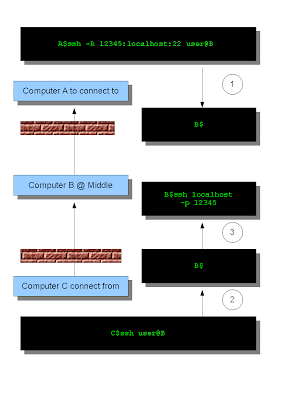Shortcut URLs in MOSS 2007
Link to Heather Solomon's MOSS URL matrix I am a newbie in SharePoint. As what I've discovered so fat the product may be good for intranet use for medium and large organizations with out of box features, to facilitate cooperation between employees. The internet site developers, however, will immediately facing branding issue which requires master pages, page layouts, CSS, images, almost all Web Parts to be rewritten to fit "in-house" styles. C# programming is essential. Not to mention the development have to be carried on windows server family. The speed of virtual machine, compilation, deployment of features, testing loop will drive you mad. It's not impossible to re-branding, just even a medium organization won't have so much resources to feed the black hole. When I'm working on SharePoint, I couldn't stop thinking about alternative approaches... yes, Drupal, django, pure ASP.NET, even the good old LAMP. What if I could work on things like the op


